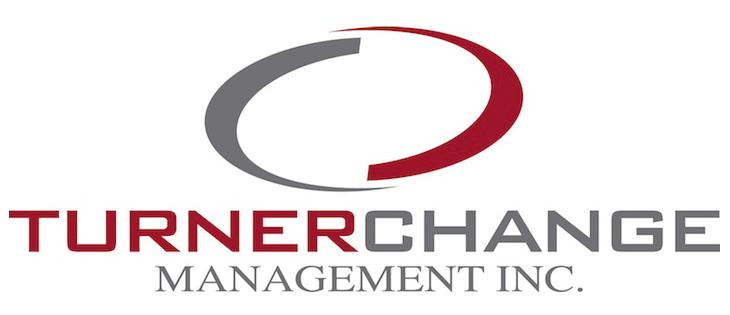Stress: The Catalyst for Change
by Dawn-Marie Turner, PhD, CMC
“People don’t like change.” I probably hear this statement at least once a week. Unfortunately, it perpetuates the thinking that people will try to avoid change. The reality is quite the opposite. Change is an essential part of our living experience. We change to live. But we don’t live to be changed. When you understand this difference, you can use the stress of change as a potential energy source.
Definition of Stress
Hans Seyle originally defined stress in the 1930s. He identified it as a biological and psychological response or condition brought on by events outside the person, such as a marriage, a divorce, getting a new job or losing a job. More recently, I heard stress defined as an unmet need. I like this definition because it allows me a better way of assessing and reducing the stress I am feeling.
Stress is often characterized in terms of “good” (eustress) and “bad” (dis-stress). This view of stress limits its potential as a catalyst for enabling organizational change. To unlock your organization’s change energy, you need to shift your thinking away from stress as an end state toward stress as an energy source. As energy, stress is needed to ignite and propel your change forward.
Successful change needs Stress
In his book “Thinking for a Change”, John Maxwell notes that all change feels awkward and uncomfortable, and if it doesn’t, it probably isn’t a change. Organizational change can only happen when people feel strongly disconnected between where the organization wants to be and where it is now.
It is the tension between the current state and the desired state that creates the stress necessary for change. At this critical point where new meets old, you can excite people with the prospect of new opportunities or paralyze them with the fear of uncertainty. It all depends on the beliefs your organization holds about change and the actions you take based on those beliefs.
Enabling organizational change requires you to create enough stress to allow people to act on the need to let go of their current state without generating so much stress that they are immobilized with dis-stress.
Diane Dreher compared conflict to electricity in her book “The Tao of Leadership.” The same comparison could be made about change; like electricity, it can light up your world or destroy it. It all depends on the appropriate and careful use of stress.
Five tips to help you balance the stress to dis-stress continuum:
1. Enable the time and opportunity for people to recognize the need for change.
2. Encourage and guide people’s needs to make the change meaningful.
3. Enable active participation in the “creation of their destiny.”
4. Talk about the change and its transition (especially) when you think you have nothing to talk about.
5. Recognize and acknowledge the discomfort of the change process – support people’s journeys.




